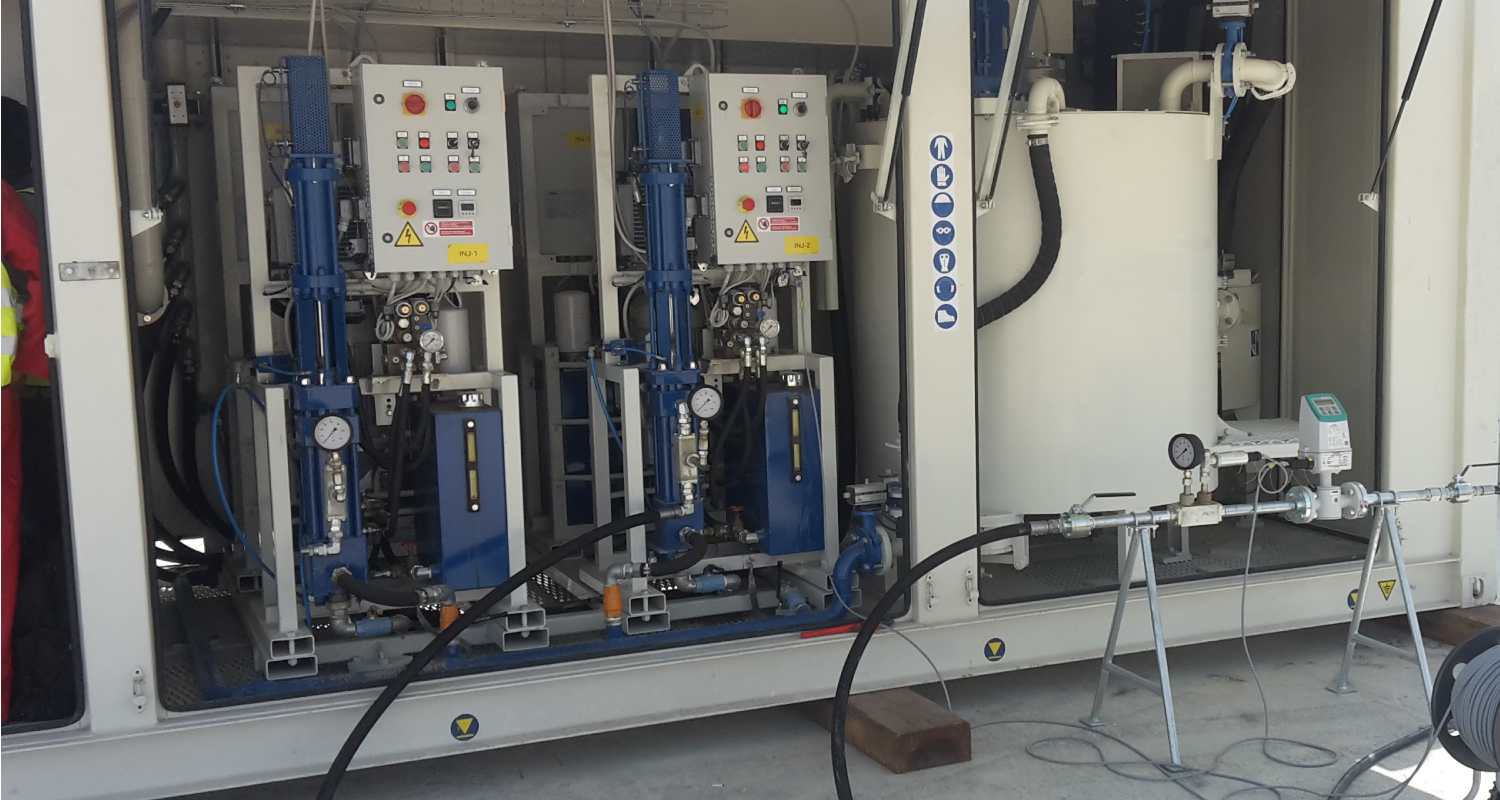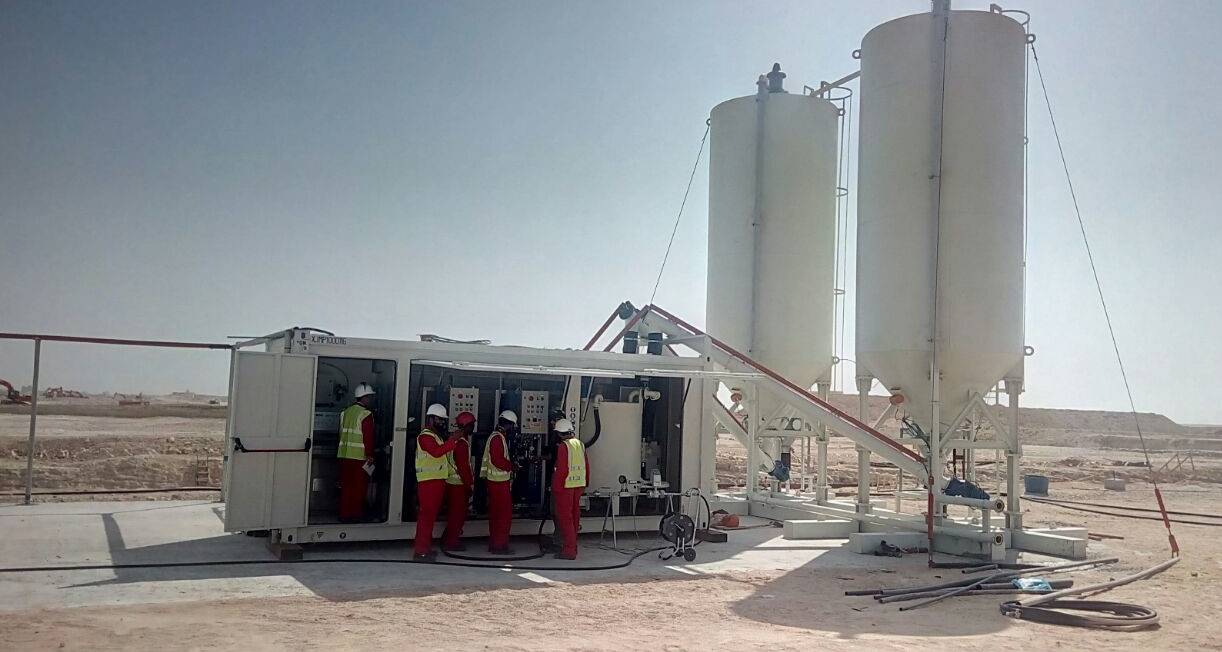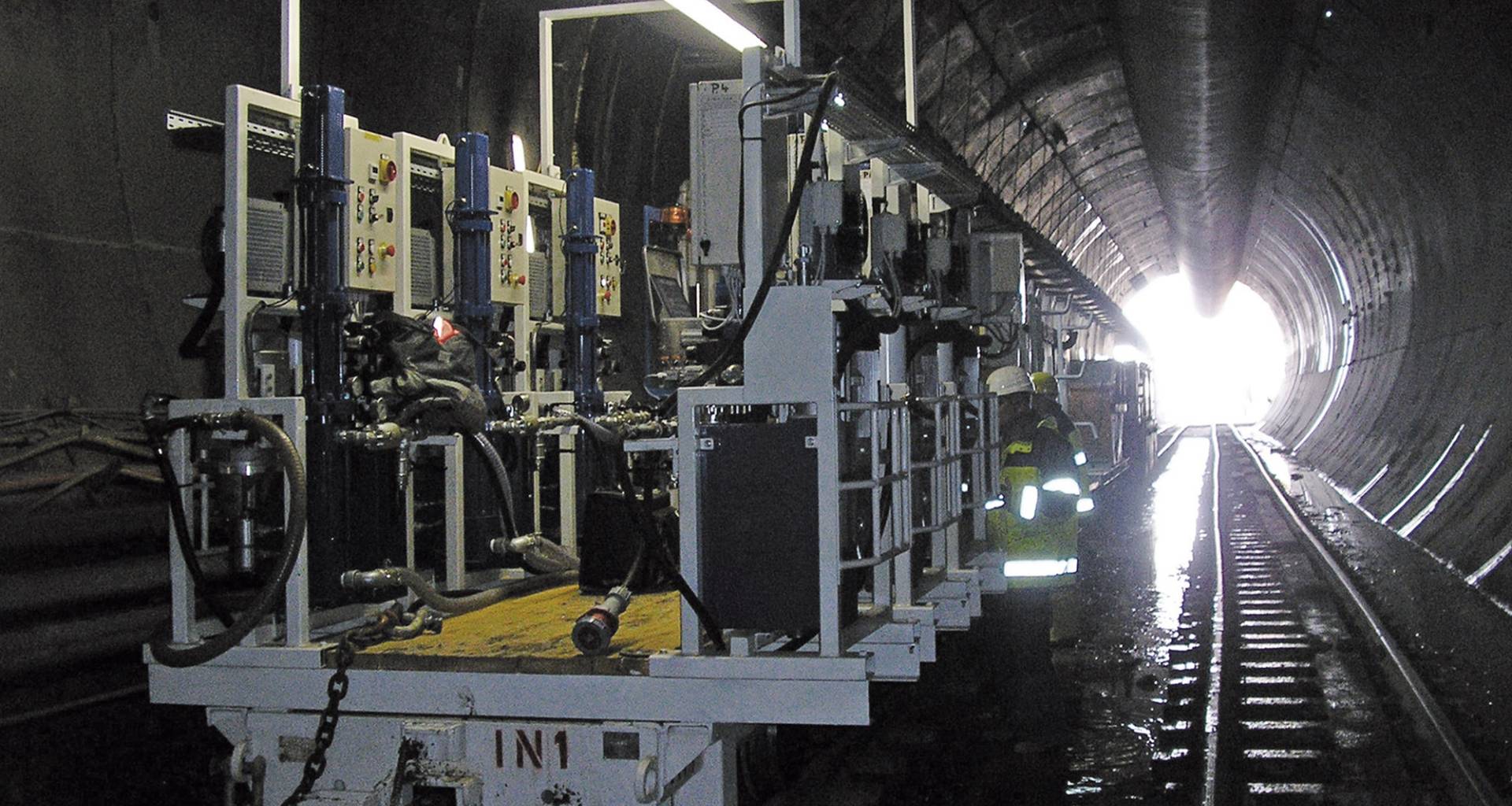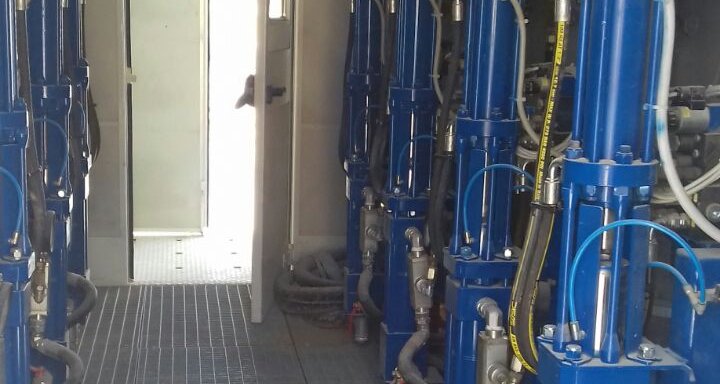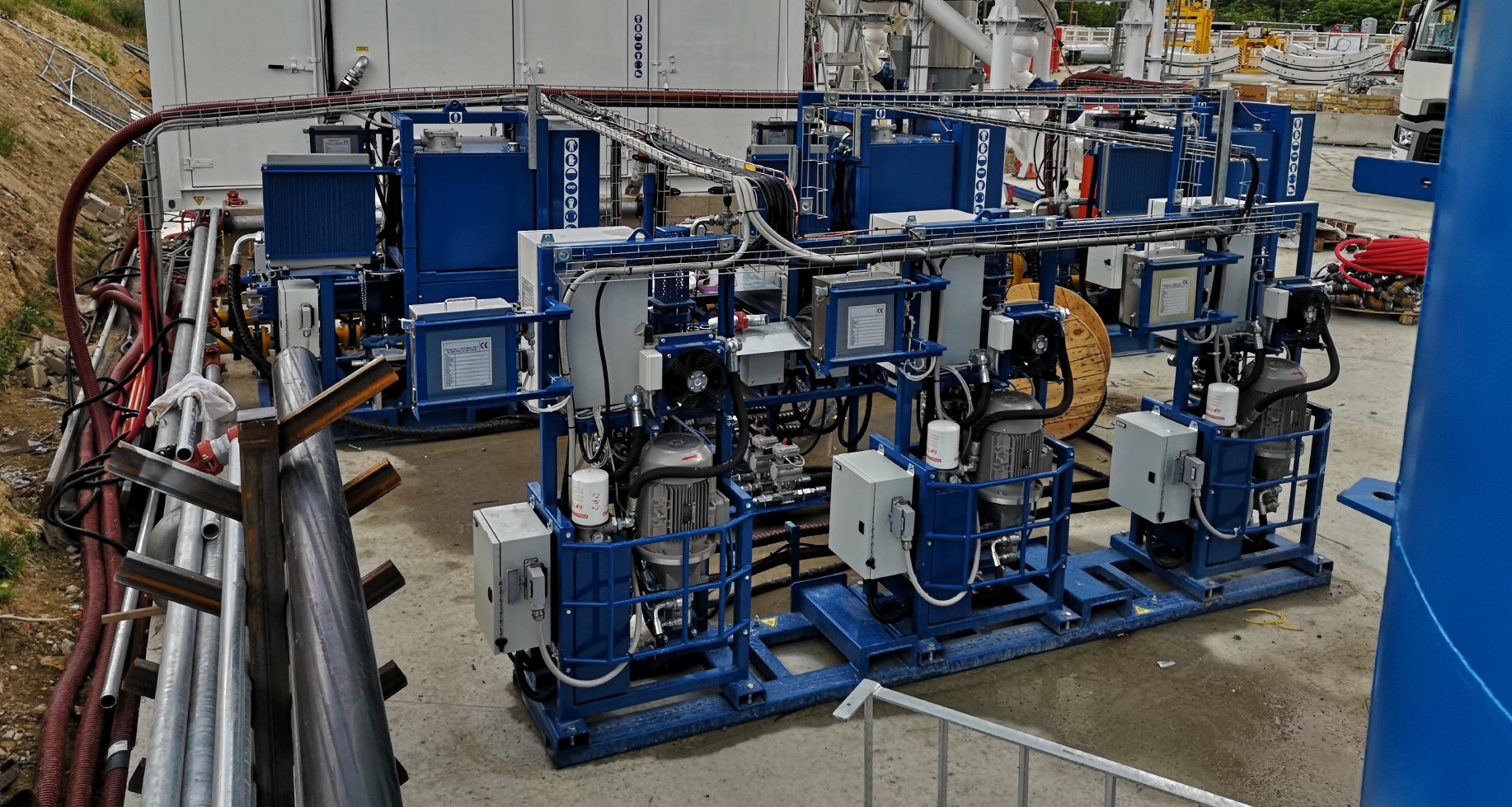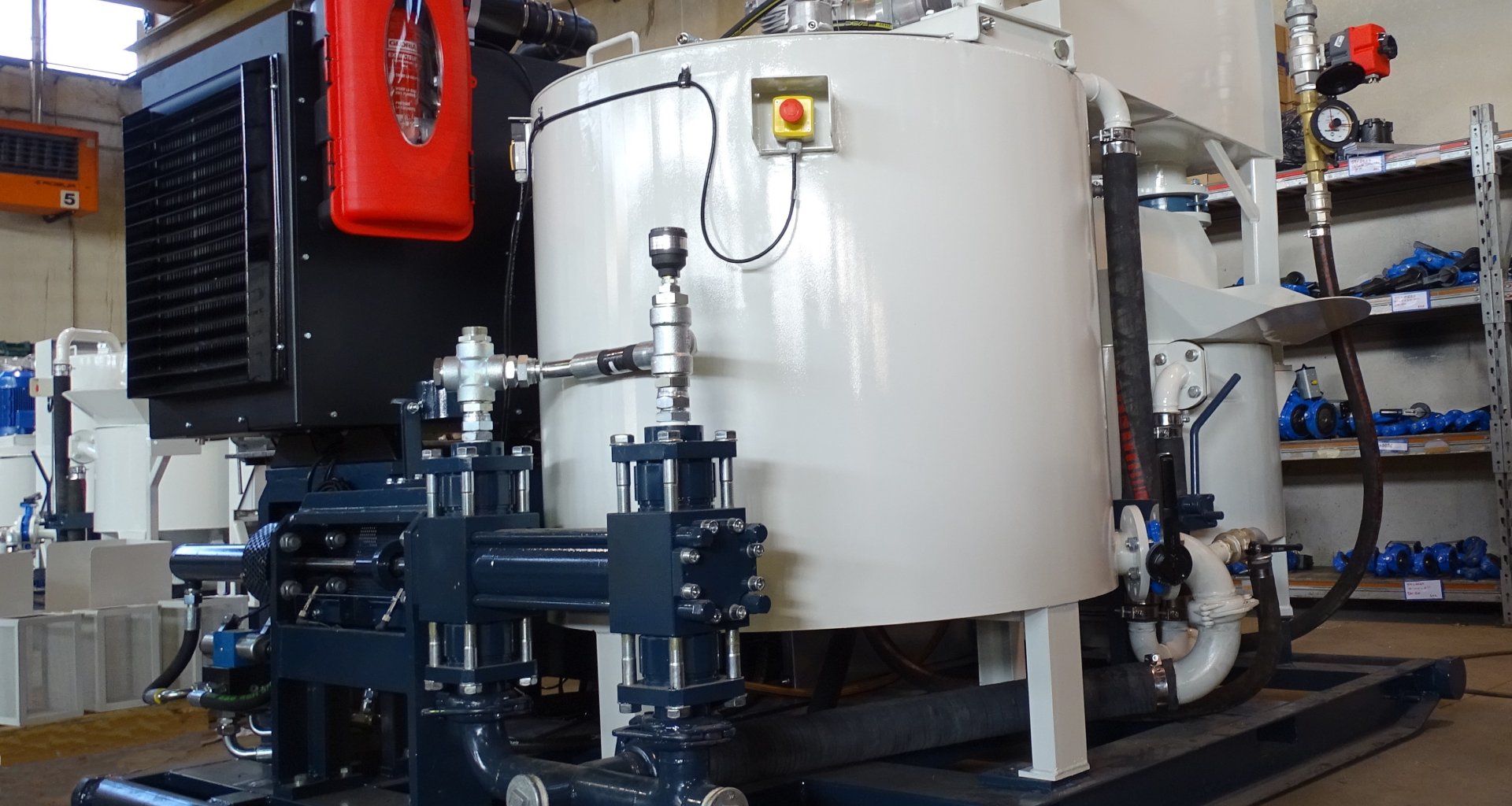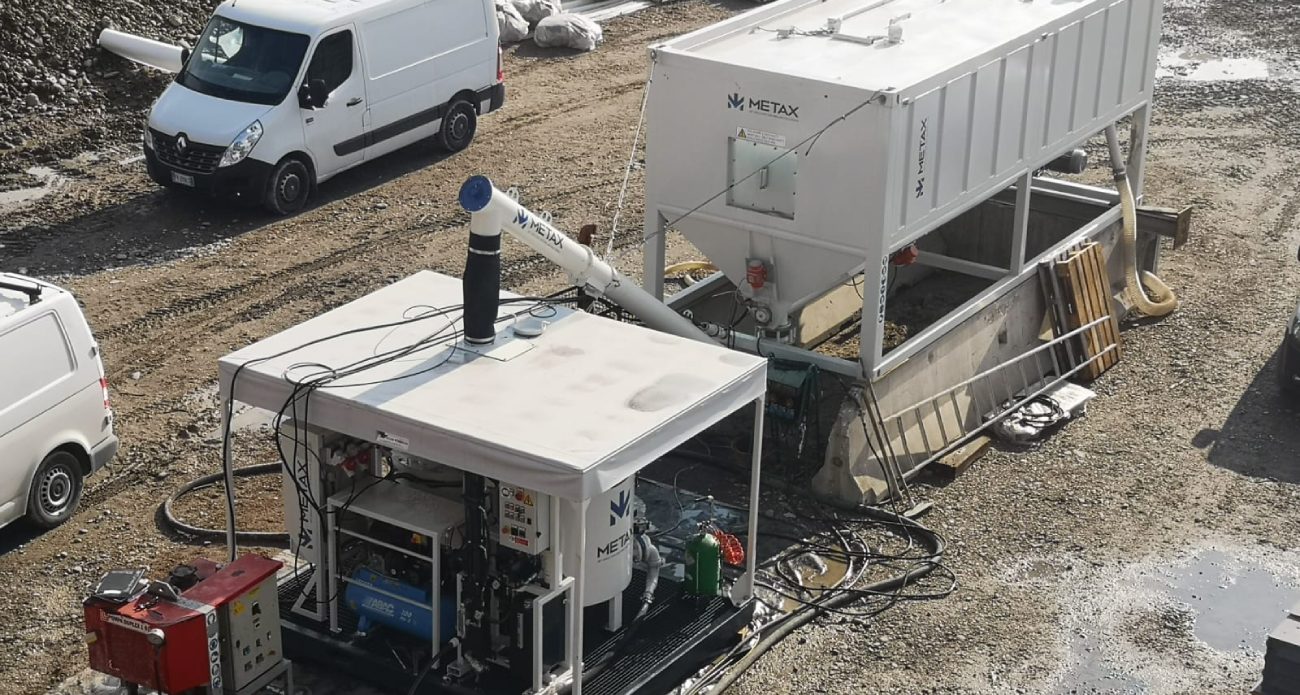The need to consolidate the natural soils and rocks that will be involved in civil engineering projects, has for long time given rise to a large series of consolidation techniques including those of cement and / or chemical injections which, under controlled pressure and / or flow-rate, allow to improve the geomechanical characteristics of soils and rocks, as well as existing structures.
In general, the fluid admixtures used for injections consist of cement-based materials mixed with water. The injection technique can be used for many applications, including the filling of fractures; injections can be performed for permeation and to stop the development of settlements in the ground and to stabilize / improve the underground natural structure of the soil for subsequent construction.
The introduction of the consolidating fluid into the ground / rock takes place, in most cases, through the continuous monitoring of the injection parameters (pressure, volume and instantaneous flow-rate) which are continuously checked in order to comply with the injection specifications which will be defined during the designing phase according to the nature of the terrain and the final result required.
Some types of injections can also be used to fill artificial structures such as underground pipes, tunnels and / or mine shafts.
GROUTING PER IL GROUTING FOR SOIL CONSOLIDATION:
HOW IT WORKS AND OPERATING PHASES
The carrying out of consolidation injections in natural soils and artificial fillings and / or rocks, involves the following operational phases:
1. GROUTING - DRILLING
In relation to the project treatment depth, which will be reached through the use of suitably set up common drill rigs and specific drill strings consisting of rods + casing, a hole is created up to the project depth.
The drilling fluid, generally consists of water but, in some cases, depending on the purpose of the consolidation project or the characteristics of the natural soil, fluids consisting of water plus additives such as, for example, bentonite and / or biodegradable polymers can be used.
2. GROUTING - HOLE PREPARATION
The two most widely employed injection techniques are:
For both, however, once the drilling has been completed, the drill string must be removed, leaving in place only the casing.The use of pipes with valves requires the following preliminary operations:
The use of packer requires the following preliminary operations:
3. GROUTING - INJECTION
As already mentioned, injections can mainly be executed through:
GROUTING FOR SOIL CONSOLIDATION: APPLICATIONS
The low pressure grouting injections (Max. Press → abt. 100 bar) are applied in the following fields:
GROUTING FOR SOIL CONSOLIDATION: EQUIPMENT
The low pressure injections are carried out with a very wide range of equipment that are identified according to maximum pressure and Flow rate required in the designing phase, to geomechanical characteristics of the soils or rocks involved and to their total volumes affected by the consolidation works.
METAX, Geotechnical Division of CIMA S.p.A. designs and produces grouting equipment for soil consolidation.

MIP3-GP or MIP5-GP

MIP10-4V|H

Mixing Plants are made in order to support, with the production of an adequate quantity of consolidating mixture, two or more injection pumps (vertical | horizontal) configured according to the specific needs of each site.
The injection pumps are frequently managed by electronic instrumentation capable of:


